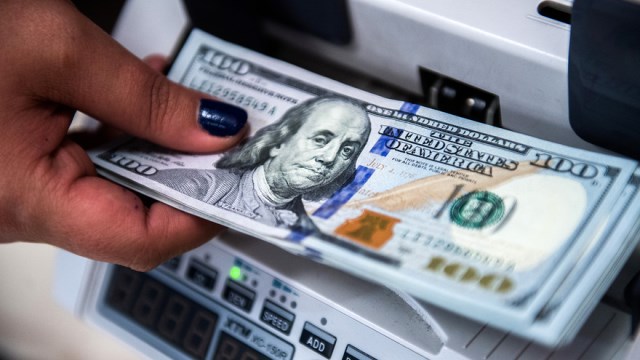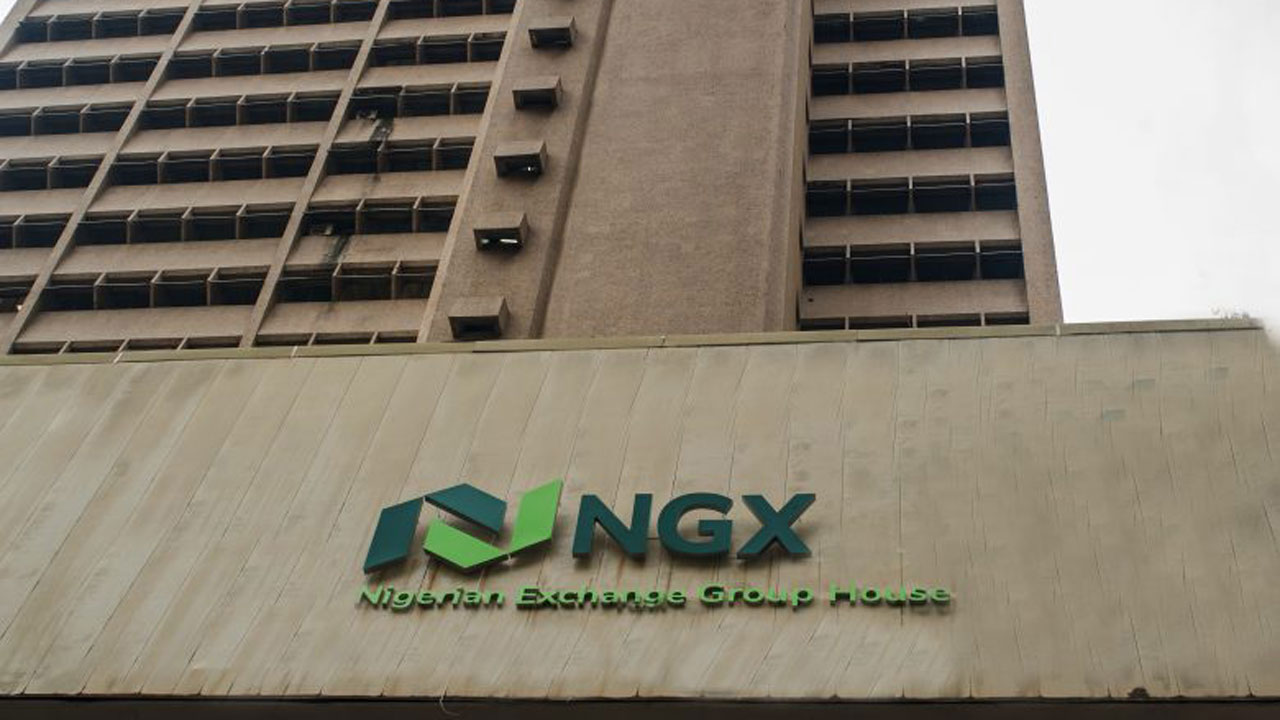The dollar rose on Friday, on pace for its biggest weekly percentage increase in a month, as risk appetite declined and investors sought the currency’s safety following a steep drop in oil prices that suggested global growth is slowing.
The safe-haven yen and Swiss franc also advanced.
The drop in oil prices fueled a risk-off wave across the board. U.S. crude futures CLc1 were last down 6 percent.
“Risk aversion has been the main driver all week, with oil prices driving market sentiment,” said Shaun Osborne, chief FX strategist at Scotiabank in Toronto.
“The dollar is better overall for the week because of the risk-off stance, despite a fairly significant pricing out of 2019 rate hike expectations,” he added.
In mid-morning trading, the dollar index.DXY was up 0.1 percent on the day at 96.836. It has gained in five of the last six sessions.
The dollar’s near-term outlook, however, has dimmed a little bit as some of the recent U.S. economic numbers have come in weaker than expected and several Federal Reserve officials have struck a cautious tone on the economy. All told, investors are increasingly of the mindset that the Fed may be nearing the end of its tightening cycle.
The euro slumped on signs economic growth could be slowing across the euro zone, with worries about Brexit and Italy’s budget negotiations also weighing on the single currency.
Business growth in the euro zone slowed much more quickly than expected this month, a Purchasing Managers Index survey showed.
The disappointing readings, hastened by a U.S.-led trade war, will be of concern to the European Central Bank, which is expected to end its 2.6 billion euro asset purchase program next month before raising interest rates next year.
After German private-sector growth slowed to its lowest level in nearly four years, the euro dropped into negative territory and was last down 0.6 percent at $1.1345 EUR=. The euro also dropped 0.3 percent against the Swiss franc, to 1.1314 francs.
In other currency trading, the yen rose across the board on fears about the implications of lower oil prices on global growth.
The dollar slipped 0.2 percent against the yen to 112.78 yen JPY=, while the euro tumbled 0.8 percent to 127.97 yen EURJPY=.
The Australian dollar AUD=D3, often considered a gauge for global risk appetite, weakened 0.3 percent to U$0.7232.
Analysts expect the Aussie to remain subdued ahead of a meeting between U.S. and Chinese leaders at a G20 meeting in Argentina at the end of the month, with markets watching for any sign of whether they may agree to de-escalate their trade war.














